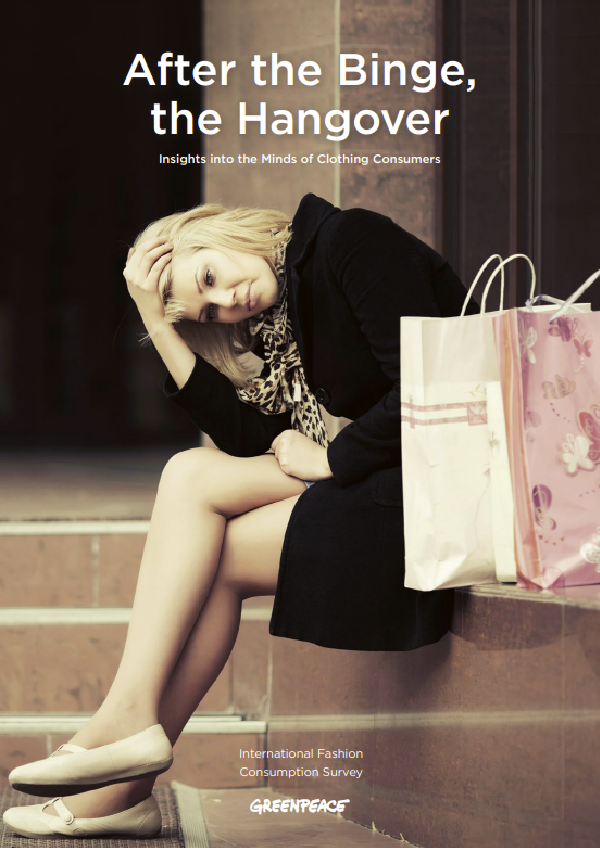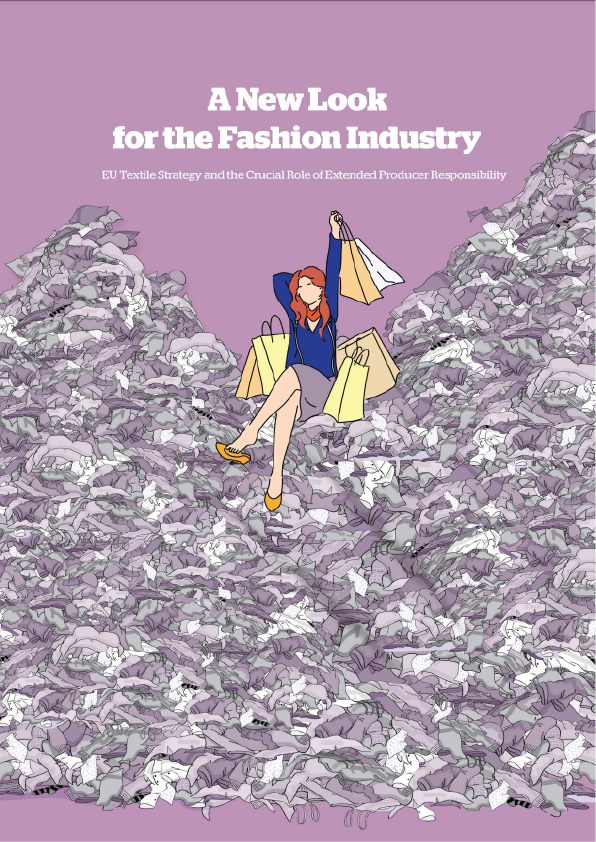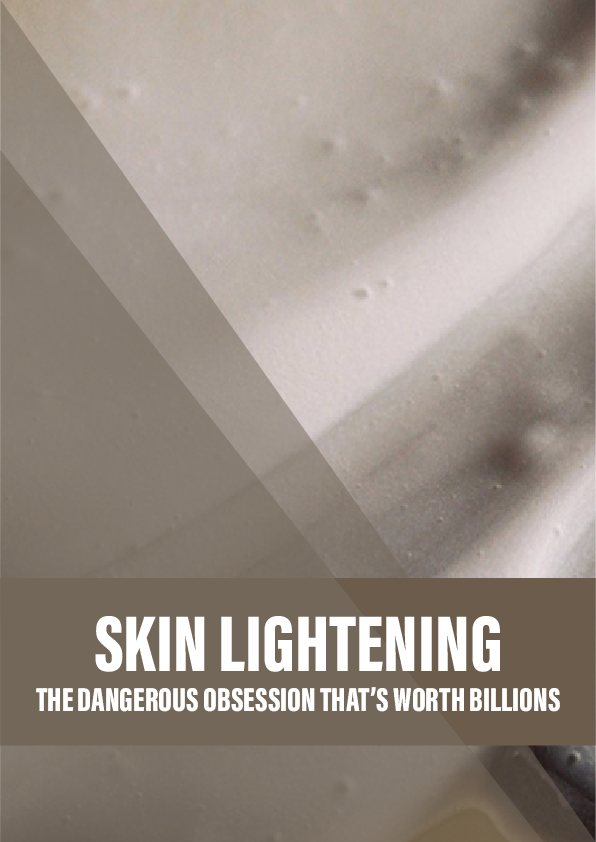The basic chemistry of hair dyes has changed little over the last century, but what do we know about the risks of colouring our hair, and why do we do it? Rebecca Guenard finds out.
Every two months Barclay Cunningham goes through a process that begins with taking an antihistamine tablet. After a few hours, she smears a thick layer of antihistamine cream across her forehead, around her ears and over her neck. Finally, she shields the area with ripped-up plastic carrier bags.
All this so she can dye her hair.
It didn’t start out this bad. Cunningham coloured her hair for a decade without any problems. Then, one day, she noticed that the skin on her ears was inflamed after she’d dyed her hair. She fashioned plastic bag earmuffs and carried on colouring. But the allergic reaction persisted, so her precautions became more elaborate. Now if she dyes her hair without these measures, she gets an itchy, blistery, pus-filled rash that lasts for weeks.
Suffering for the sake of tinted tresses is not a modern-day phenomenon. Humans have dyed for thousands of years, experimenting with ever-changing, often vicious, formulas to achieve a new hair colour.
The chemical history of modern hair dyes reveals that, while they were once part of an innovative industry, progress has stalled, and today they rely on antiquated methods. But consumers are not exactly pressuring the industry to innovate. Not when they are so desperate to change their hair colour that they’re willing to discreetly pick scabs from their hair, as Cunningham does, for weeks after colouring.
Aesthetic tendencies drift with marketing and cultural currents, but our drive to alter ourselves is a constant. As anthropologist Harry Shapiro wrote: “So universal is this urge to improve on nature…that one is almost tempted to regard it as an instinct.”
Reference:
- Fashions in Hair, The First Five Thousand Years by Richard Corson is an encyclopaedic volume covering every recorded hair trend.
- An anthropologist’s perspective on aesthetic rituals: The Fabrics of Culture, ed. Justine M Cordwell.
- Olivier J X Morel and Robert M Christie’s technical review of hair dye chemistry from Chemical Reviews.
- Regulatory information on hair dyes in the US from the FDA or, for Europe, from the Scientific Committee on Consumer Safety.











